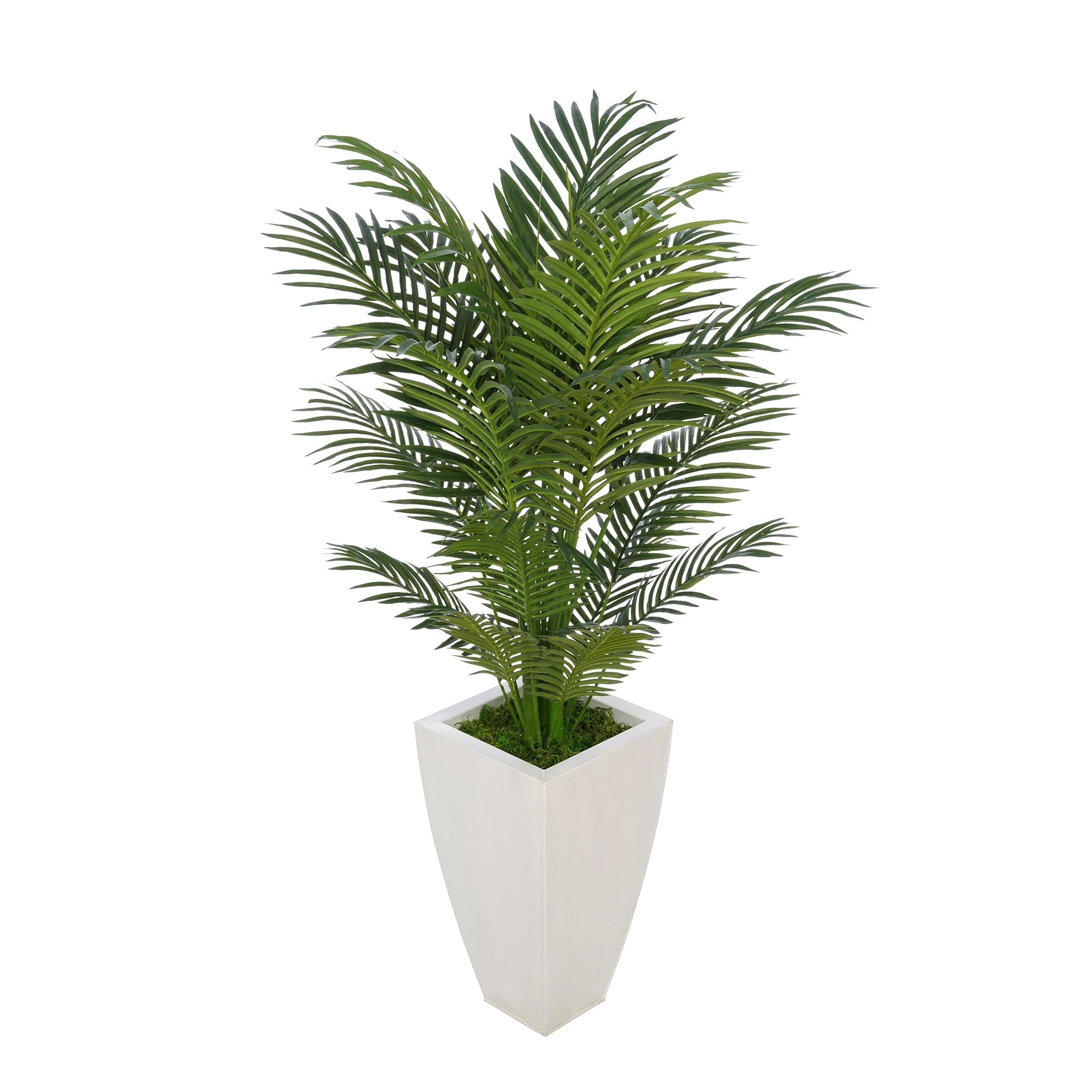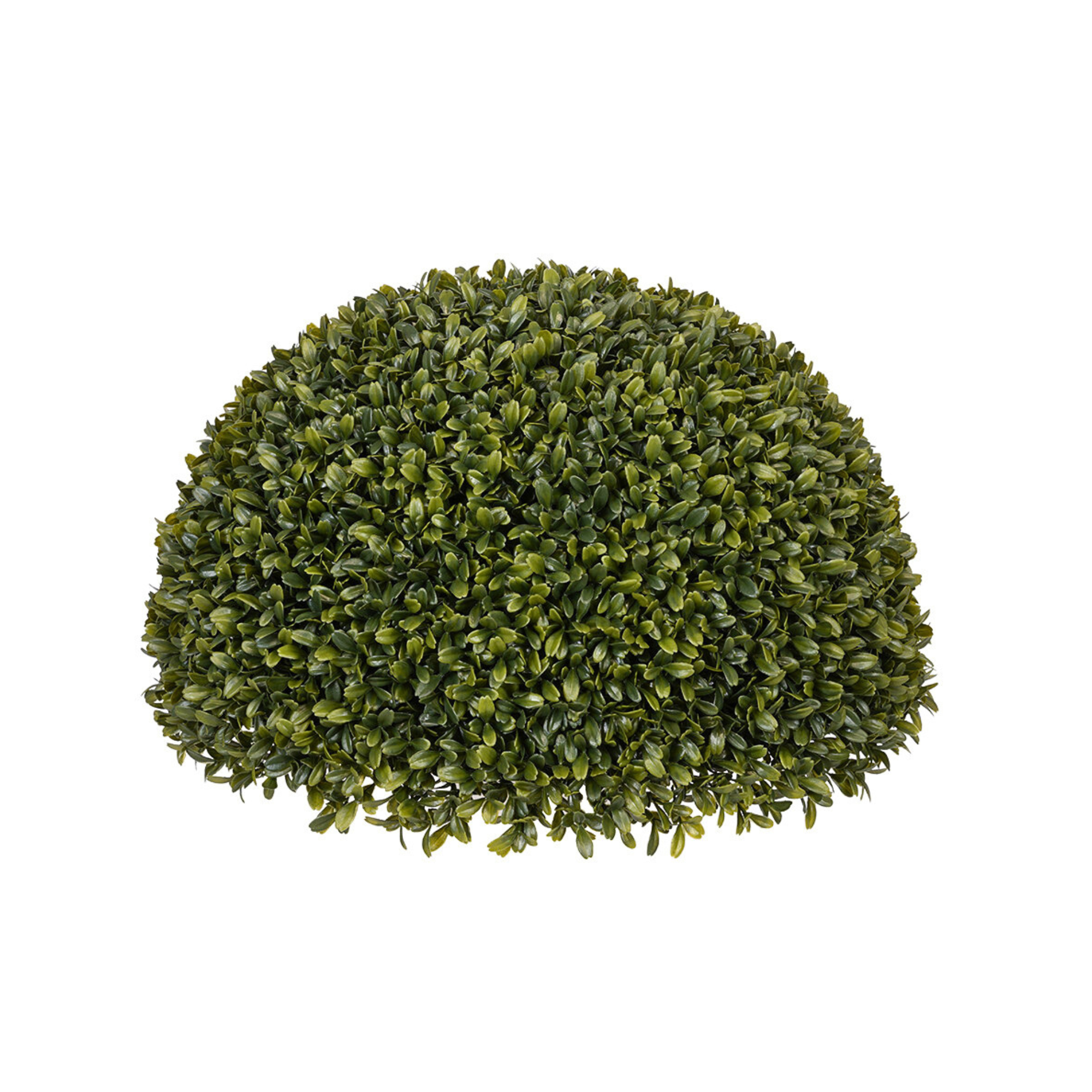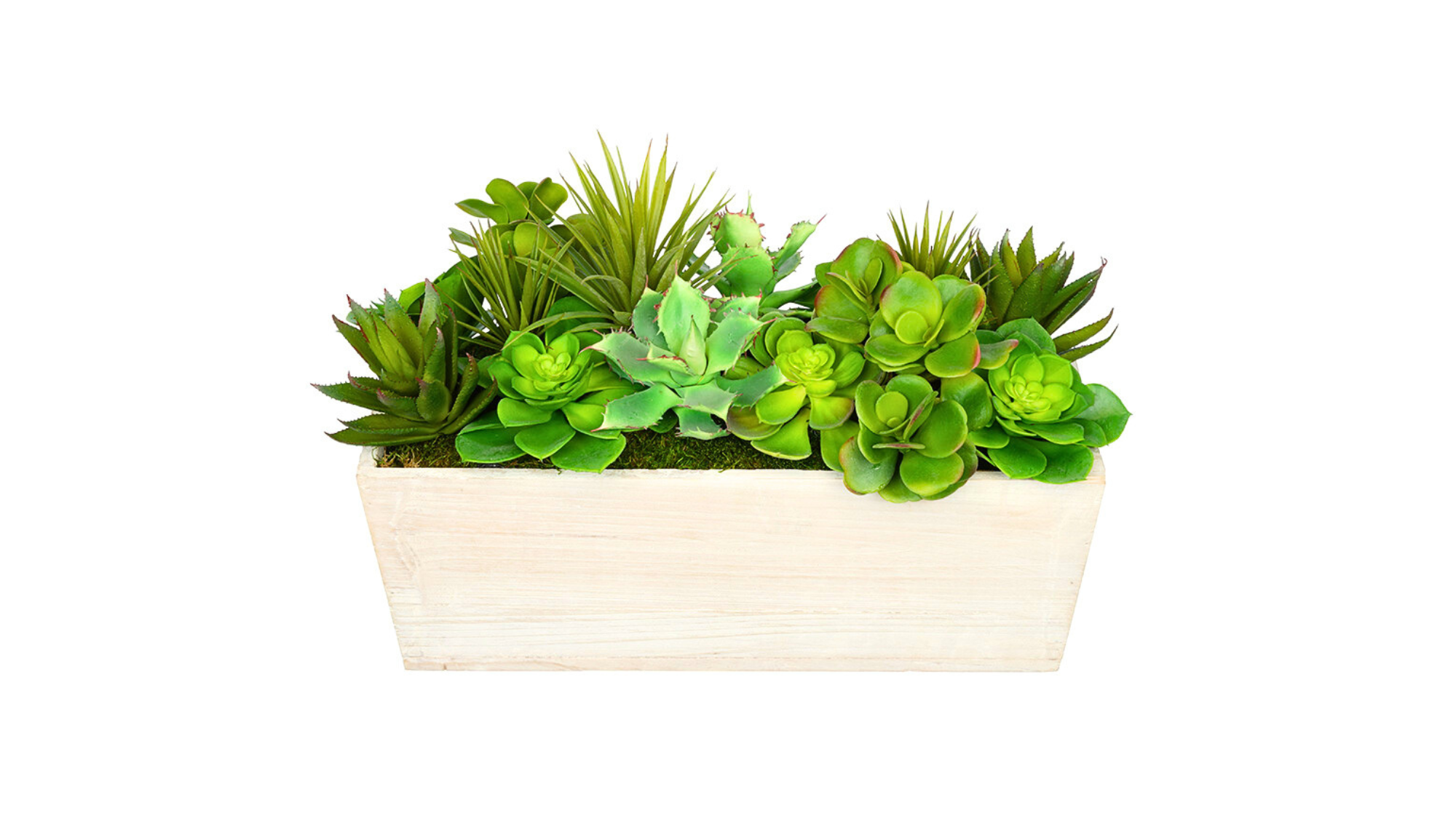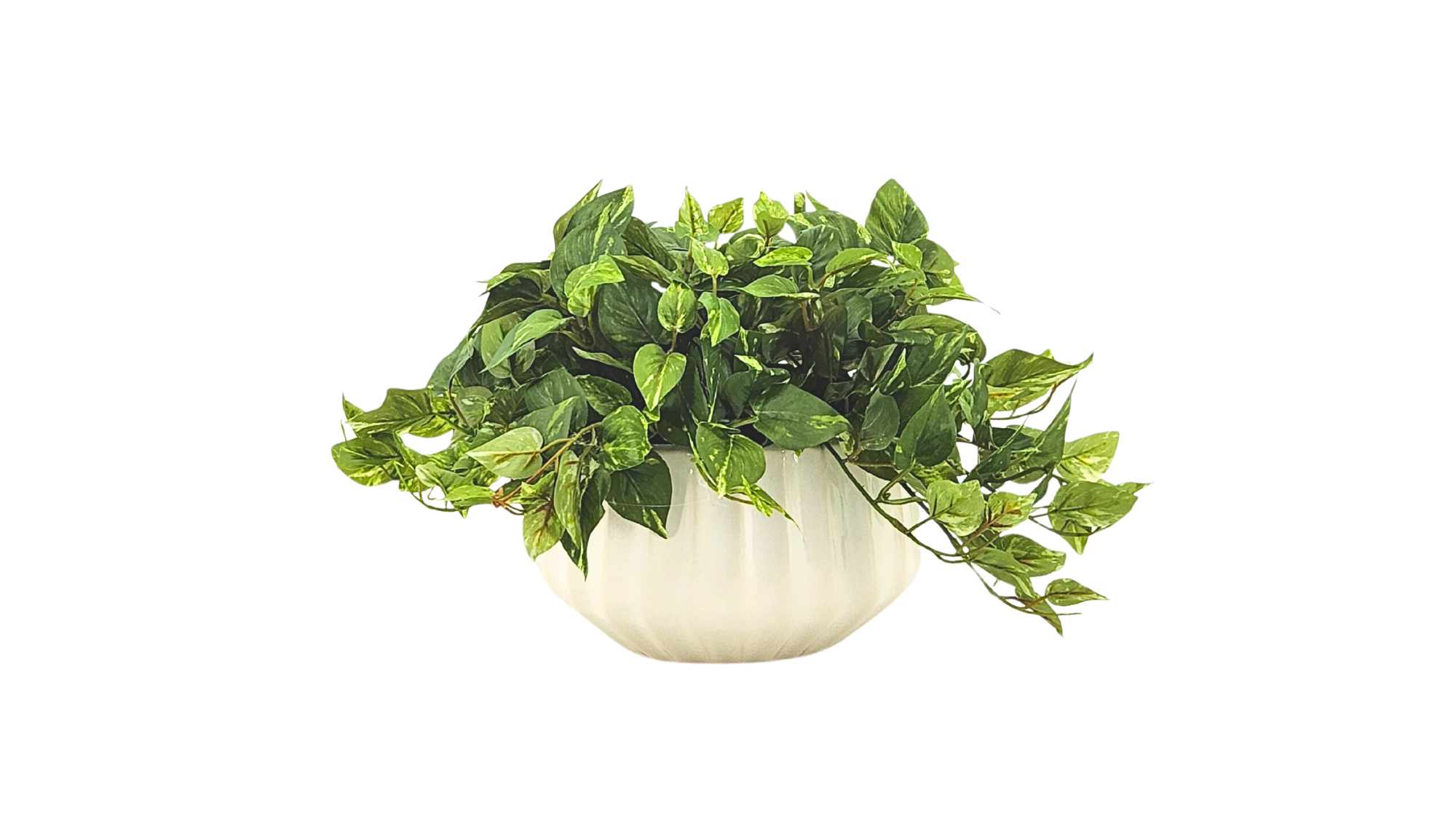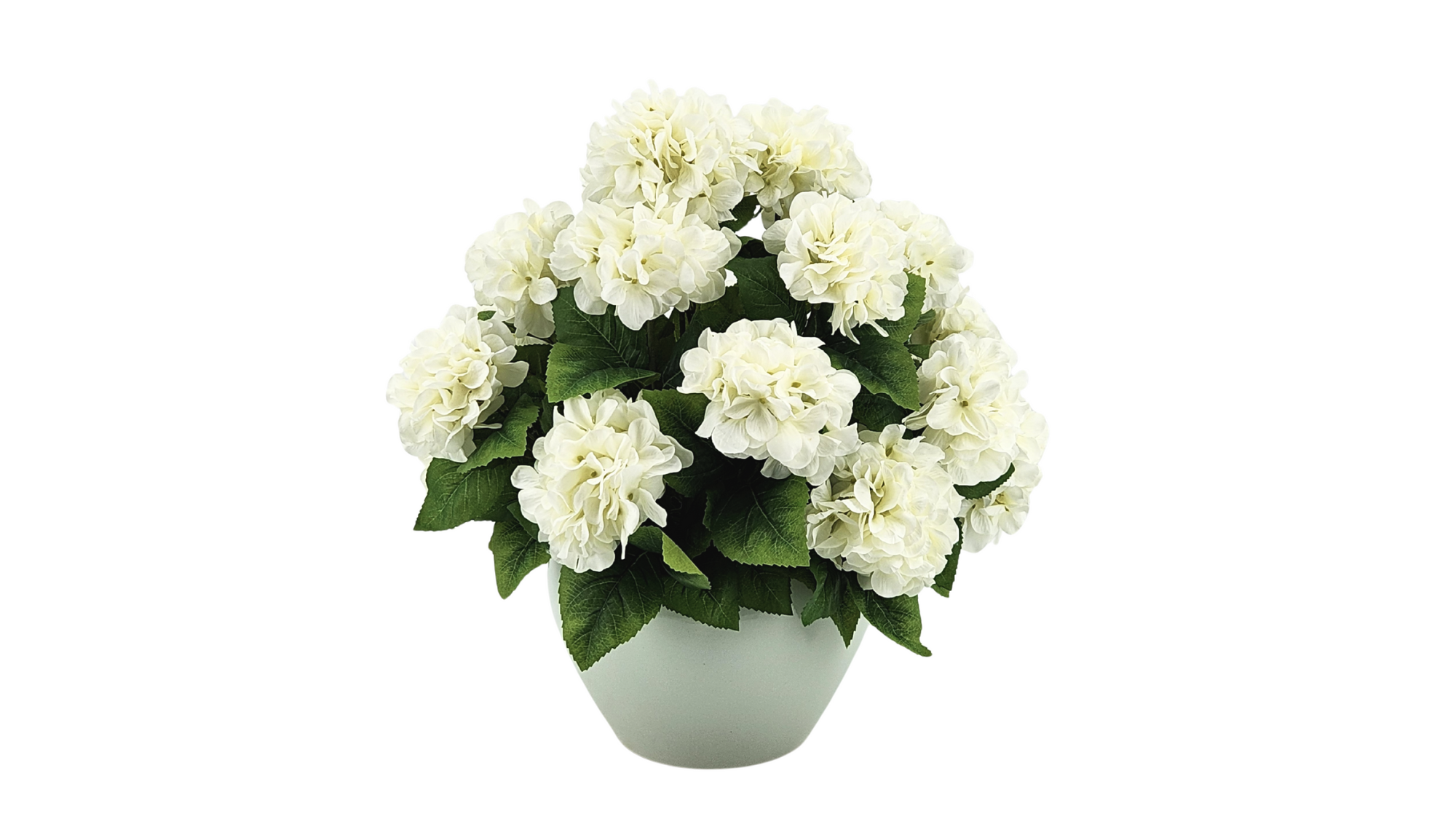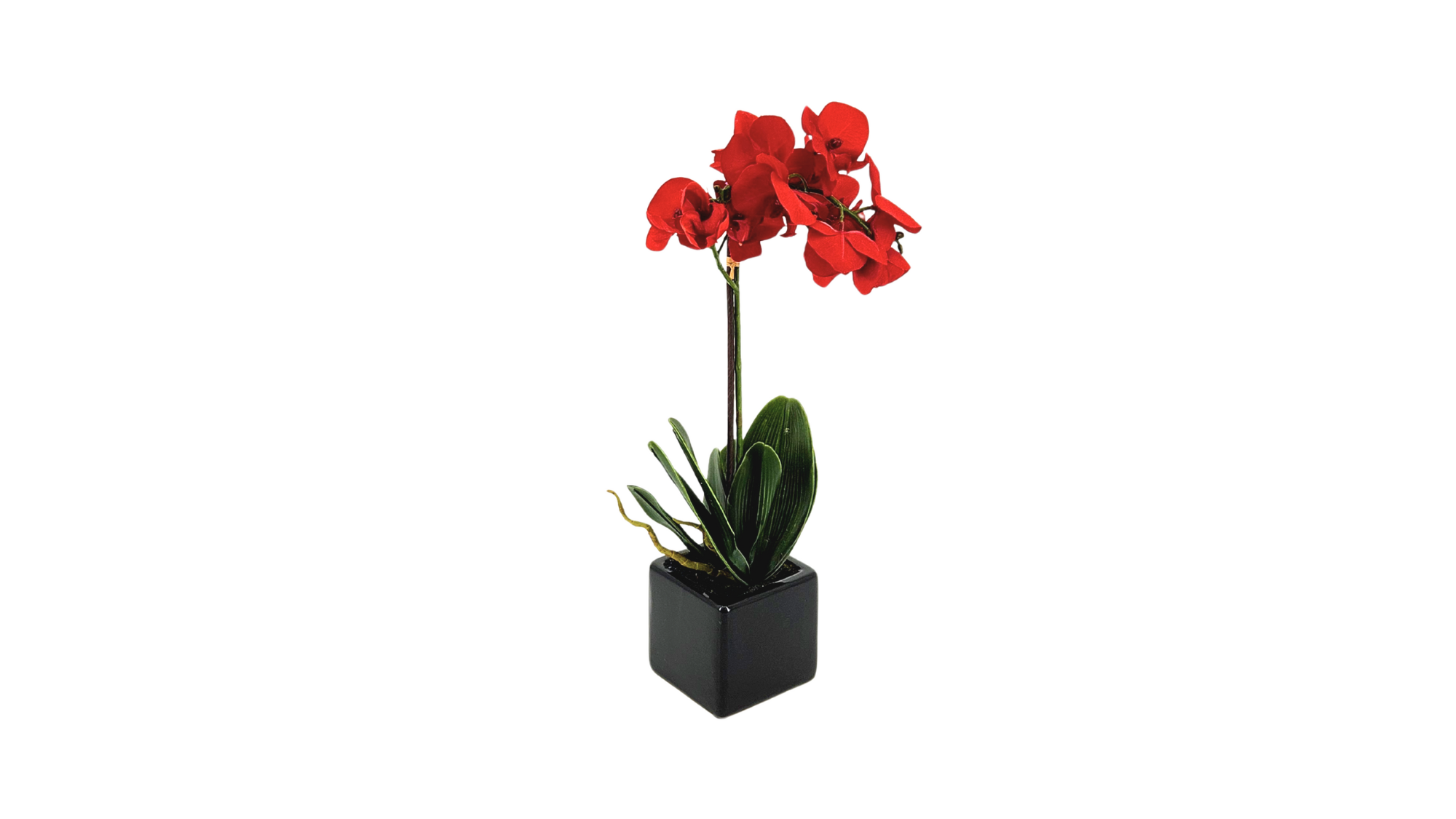The Blossoming History of Faux Flowers: From Ancient Silk to Modern Style
The Blossoming History of Faux Flowers: From Ancient Silk to Modern Style
As we near the end of another year (seriously, where does the time go?), it feels only fitting to pause and reflect on our roots here at House of Silk Flowers. Our story — and our craft — is deeply tied to a long, fascinating history of beauty, creativity, and innovation.
So today, we’re taking a step back in time to explore the origin of the very thing that inspires what we do every single day: faux flowers, plants, and trees.

Where It All Began: China’s Ancient Artistry
The art of silk production began thousands of years ago, during the 4th millennium BCE, within the Yangshao culture — a Neolithic civilization that thrived along the middle reaches of China’s Yellow River between 5000 and 3000 BC.
It’s no exaggeration to say that silk changed the world. What started as an exclusive material for China’s elite eventually became one of the most sought-after commodities in history. Even today, China remains the heart of artificial floral production, carrying on that legacy of craftsmanship and innovation.
When the Silk Road opened, this exquisite fabric finally made its way beyond China’s borders — though the country cleverly kept the secret of silk-making to itself for centuries. (We’d make a Marco Polo joke here, but... it seems he already went the distance for us. No apologies for that dad joke.)
Here’s a fun fact you might not know: silkworms are one of only two domesticated insects — the other being bees. They’re completely reliant on humans for their survival. Without us, there would be no silk... and without silk, no textured history of faux flowers!

The Silk Road Spreads the Bloom
As silk traveled westward, so did the inspiration to create beauty from it. By the 12th century, Italian craftsmen were experimenting with silkworm cocoons, dyeing them to mimic nature’s colors. But it was France that took the art to new heights — quite literally becoming the epicenter of the faux flower world.
French artisans perfected their craft so exquisitely that even Marie Antoinette fell under their spell. Legend has it she adored silk roses so much, she adopted them as her royal emblem — a lasting symbol of refinement and luxury.
From there, the trend bloomed across Europe. English and American artisans soon followed, continuing to reinvent and reinterpret these everlasting blossoms for new generations.

The Victorian Obsession
By the Victorian Era, faux florals were in full bloom — quite literally decorating every corner of society. After the French Revolution, many of those master craftsmen had migrated to England, bringing their artistry with them.
Victorian homes were filled with elaborate displays: from parlor tables to powder rooms, silk arrangements became hallmarks of taste, status, and romance. Artisans began experimenting with new materials like satin, crepe, which added texture and depth to their designs.
This creative expansion soon led to the rise of artificial wreaths, garlands, and even faux fruits — setting the stage for an entirely new decorative industry.
From Silk to “Silk”: The Modern Revival

Here’s the twist: modern “silk flowers” aren’t made from silk at all!
Today’s faux botanicals are typically crafted from polyester, plastic, and other premium textiles. These materials allow for astonishing realism — soft textures, flexible shapes, and lifelike details that last far longer than their natural counterparts.
Gone are the days when “fake flowers” looked, well… fake. Modern artificial blooms are so realistic that you often have to touch them to tell the difference (especially ours — just saying).
Designers, decorators, and florists alike now rely on faux greenery to create spaces that look alive all year long. From hotel lobbies and restaurants to office buildings and event spaces, artificial florals have become essential design elements. And if you look closely, you might just spot a few of ours in the mix.
Why We Still Love Them
Faux flowers have always been about more than just convenience. They bring color, texture, and serenity into our lives — no watering, no wilting, no worries.
For many, they’ve become a practical investment: beautiful, sustainable, and timeless. They let you enjoy the essence of nature without the upkeep, season after season.
We hope you enjoyed this quick journey through the fascinating history behind our craft — and maybe even learned something new along the way.
Stay tuned!
In upcoming posts, we’ll be diving deeper into the world of faux botanicals — from styling tips to design inspiration — to help you make your own space bloom beautifully.
The House of Silk Flowers Team 🌿
Share

